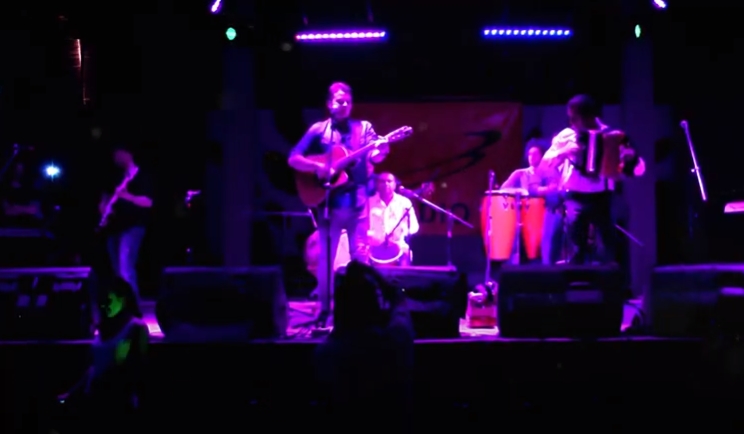A DESCRIPTION OF THE NEW HERMITAGE CAPES IN 1570
FROM LA VEREDA DEL PALANCARES TO THE HOLES OF ACEQUIA.
But, from this time there is no better description of all this communal area and other places than that of the Book of Sidewalks of 1570.
In the first place, starting from a sidewalk that left the vicinity of the Gineta, crossed the road from Alcalá to Granada.

Passed by the river in the first section, and then entered until it reached the Hoyos de Acequia.
And, along this route, the following communal, council and own sites were presented, made up of hills.
Streams and places of cereal and wooded land (ash, poplar and ..) (in the words of the original text) :
And also on the part of it more full of trees
ash, poplars, and thorns than anything else and with a lot of water, it cannot be given a certain measure.
And always continued (..) we find it used and kept by everyone (…)
- So we do not take anything away from any neighbor of those who border, before we left them for many parts.
Which can not be less And so we say that this path leaves the Palancares, aligning on the left hand with the said water that flows from the canal until it departs from it.
And enters by the edge of this left hand, land belonging to this city, with which by this hand it reaches the said road of Granada.
Past the, the said land still borders on that mountain range up to the Realengo de los Hoyos.

Which they say from Acequia where this path ends and, on the right hand, goes up bordering the said haça of the said Rodrigo Cano.
And it is known that going up the said border of this haça is a hill on the same border, which is the first one that comes across.
Climbing which can not be tilled, and because it is full of brown peñuelas born, and above this is another much larger hill.

To the foot of this second hill, this path of ten estades wide (33.4 meters wide).
The first hills and part of the second give rise to Las Pillillas with the location of hostels, huts, chozos.
- Granted by the municipality of Alcalá la Real to the residents who settled throughout the 18th and 19th centuries.
Next there was a large animal resting place, which is described as follows:
This area is the one that gave rise in centuries after the location and settlements of the hostels, huts, chozos and houses of what would be the nucleus of Cequia.
Finally, already in the middle of the hill and past in the direction of the lands of the Cartuja monastery.
This interests you:
There was a path that entered a series of plots of land with orchards, which would be the squares of the City. In the words of the manuscript:
In the area of the Cortijo de la Cartuja, where the sidewalk went down until it reached the Granada road again, it had 19 estades (60 meters).
There was a meadow that the farmers of the Cartuja farmhouse, Menchón Bajo, had usurped from their own of the city.
That is how the document describes us with an aspect of garden land :
«Oh, and more width in a meadow that is there, which being in this said city, corregidor Don Ginés

it starts, it was taken from the said frayles of the Cartuja, since its labradors had entered it, and at the bottom they had a pool.
Which also fell within the concegil of this meadow in the source that is there.
And At that time, a cross was made for the landmark and sign in a frexno, which is next to the said pool.
Which he lives with his cross because he is always refreshed with visits.
- And also, to know the extent of the land belonging to the city, this distance was reached in length of about 880 meters or what is the same in the words of the document:
Because along its length it goes along the sidewalk, and had from the Granada road to the borders of the lands of the said friars by the pool.
I want to stop passing the rope through the over said pool twenty-seven estates.
They should keep it from now on as a resting place and a water trough for the said source ”.
In the final part of the lower part of the sidewalk was a similar situation: own land and private land on dry land mixed with vegetables.
This is how it is manifested in this Book:

With which the said orchard of this fountain is watered is common and concegil, and it does not come into the possession of the said widow.
So here ends this said path called acequia and we see said its left-hand boundaries going upstream. On the right hand.
It borders first with the said haça of the said Rodrigo Cano.
And then a haça belonging to this city enters and is next to that hill, a large one that had 34 estates as wide as possible.
And then with land from the said frayles of La Cartuja to the said road to Granada.
And then from there above with the said guerta of the said Catalina López del Salto.
And above the said fountain and pool, this path ends there.
